Where We Work?
“White Space”
…what we develop from this is an Alternate Food & Beverage Channel Plan for your company.
We work in the following segments:
Retail Foodservice – which includes Home Meal Replacement, Supermarket Restaurants, In Store Bakery and, Gas & Convenience chains including club stores and speciality retailers such as Whole Foods and M&M Markets.
B2B – selling an existing foodservice product either to a food manufacturer to make their own product or we present the ingredient to a retailer with some suggested applications and why and then work with their 3rd party manufacturer (see Triangle Partnership definition below). This also includes Meal Kit companies such as Hello Fresh.
Foodservice with Retail Manufacturers – selling retail products in consumer facing foodservice segments such as Educational Eating (High Schools, Universities – cafeterias, tuck shops, food programs, pubs etc.)
opportunities for b2b ingredient sales
“The triangle partnership”
What is a Triangle Partnership?
A Triangle Partnership is the formation of 3 partners building a business together.
How does it work?
It works on the principle of you the manufacturer (#1) has a new product/ingredient that you know would work well for a new product with your In Store Bakery customer (#2).
This finished product that uses your ingredient is made by a 3rd party company (co-manufacturer) (#3).
You can also reverse engineer this and present the new product/ingredient to the 3rd party company (co-manufacturer) first who can then incorporate into a new product(s) for all of their customers.
Key in this relationship is to know who makes the decisions for new ingredients/products with each partner of the triangle.
Over time your company will become a valued partner of their business and possibly the first “port of call” for new projects.






